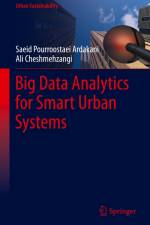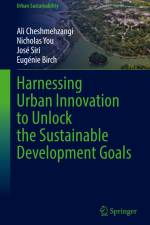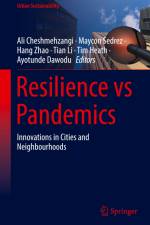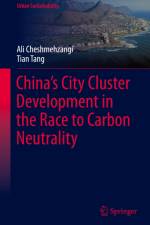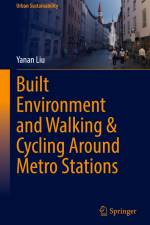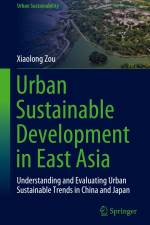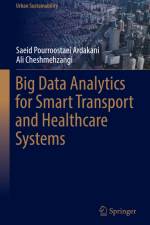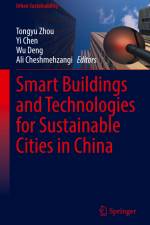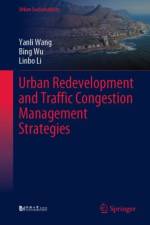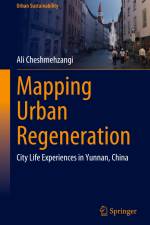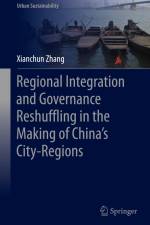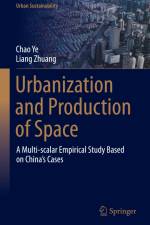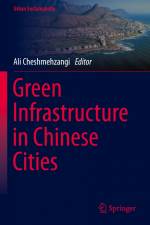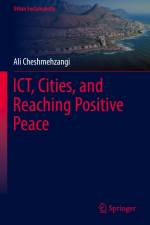av Ali Cheshmehzangi
1 285,-
This book is an unusual attempt to study urban regeneration. First, it is based on mapping the realities of urban regeneration case study examples and their impacts on people, places, and city life experiences. Second, it is context-specific, exploring only a particular region rather than covering one country or multiple locations. Hence, the aim is to avoid generic and global solutions but rather focus on local pathways and directions. Third, it delves into specific case study examples that could share some lessons for research, practice, and academia, particularly in the field of urban regeneration. This book is the first of (hopefully) many more on the way in urban mapping studies with various themes and focus areas. The ultimate goal is to ensure urban mapping is recognized well and practiced extensively in research and education. It is essential to map realities in cities and communities, those that we usually witness but should be experienced, perceived, and touched¿not just via desk research. Mapping techniques are more than just common tools in urbanism, urban geography, urban studies, urban planning, etc. They are not just tools but inventive ways of understanding cities, places, communities, experiences, and people. Thus, in this book, we try to understand more about people and places through life experiences and mapping the urban regeneration projects of multiple cities in Yunnan Province. This collection is based on a very concise context-specific research focused on only one region. The decision to do so is intentional, just because contextual, cultural, and local attributes need to be looked at more accurately, considerably, and dexterously. Hence, this collection delves into case study examples of an inspiring location where traditions remain, resources are plenteous, and cultures are diverse. Yunnan is one of the few provinces left in China that offers a lot for comprehensive research studies at the urban, rural, andtownship levels. The experiences we gained from mapping studies, observations, and multi-stakeholder engagements are exceptionally rich and vibrant, allowing us to think more holistically and find ways and suggestions beyond just the generic globalized models elsewhere. We hope the book will be useful to various stakeholders, particularly urban specialists, researchers, and students. It is also a valuable collection for policymakers, decision-makers, and governmental authorities, who should refrain from top-down processes and bring back people to the heart of urban regeneration processes.

